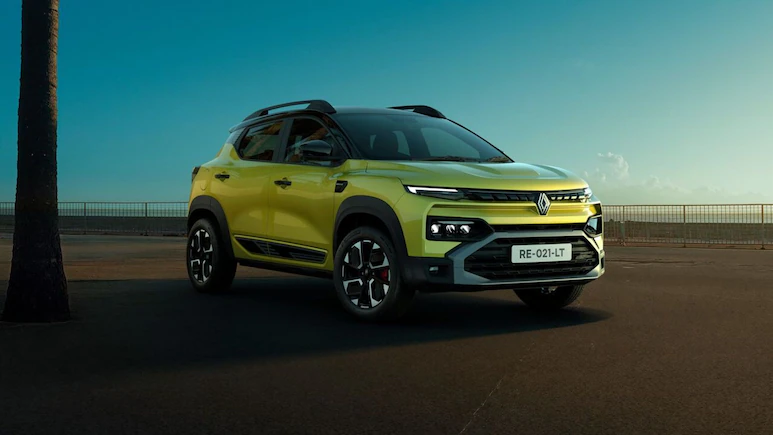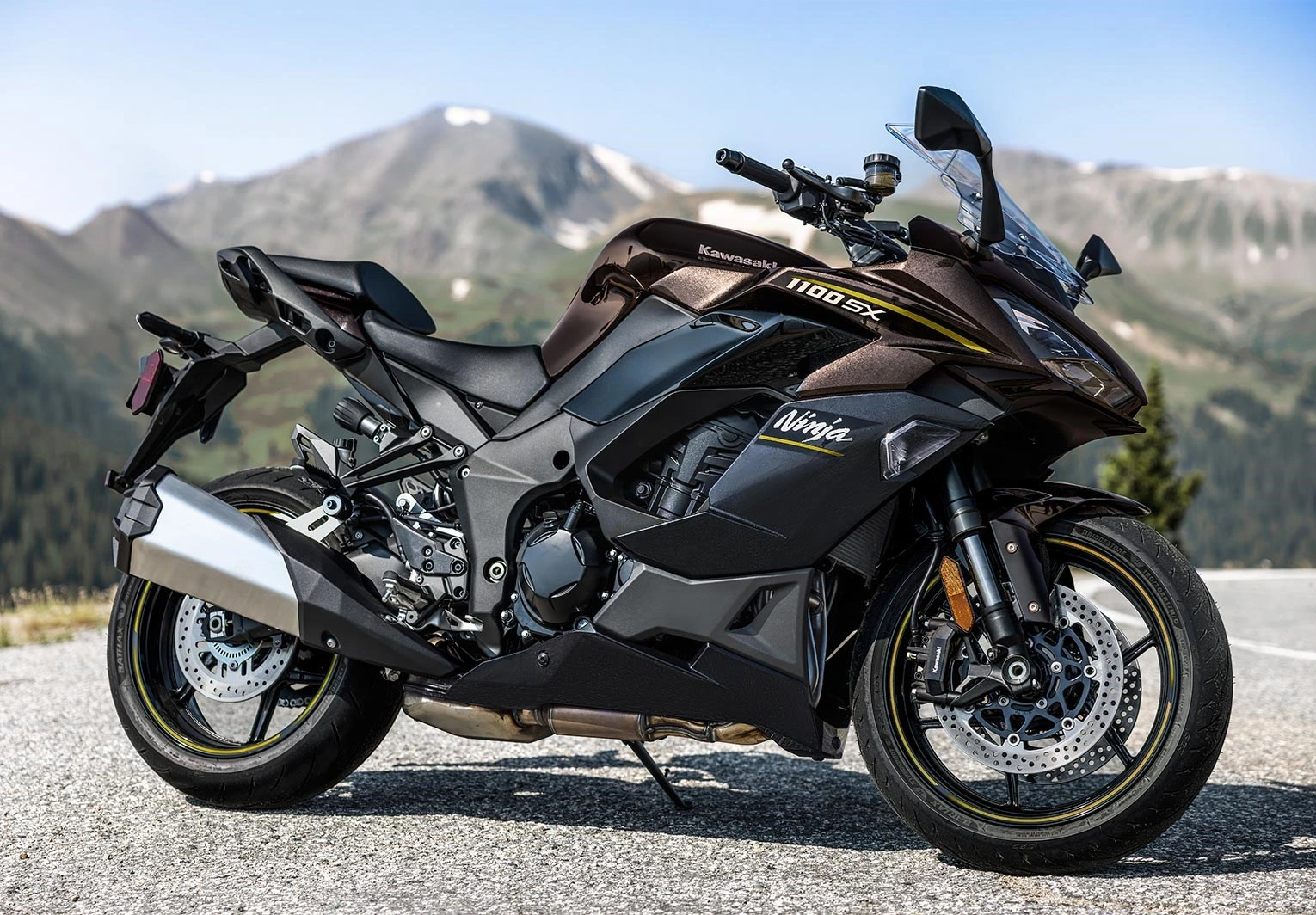A car battery is rather small, but it plays a huge role in the smooth running of your vehicle. It is even responsible for the proper functioning of all the functions that our modern cars have. These include everything from power steering and brakes to a radio and electric sunroof. Of course, the battery is also responsible for the operation of the starter, which in turn is responsible for starting the car. Over the years, battery life decreases to the point where it becomes unusable. If you're planning to replace it, here are the most popular types of car batteries and how they compare.
Types of car batteries
Lead-acid battery
- These are car batteries that require minimal maintenance. In fact, due to this property, they are even sold as maintenance-free batteries.
- These batteries work in short bursts, sending power to the starting engine.
- When needed, a lead-acid battery can provide a high electrical charge at a very high rate.
- The lead-acid battery is sealed and does not require recharging.
- The spill-proof and sealed construction of these batteries guarantees smooth and secure performance.
- These batteries can endure for 3 to 5 years, varying based on the vehicle's usage.
- Because these faucets have a spill-resistant design that requires no user maintenance, they are highly safe. That said, lead-acid batteries can lead to serious injuries if not handled properly. This is because they are able to create a large electrical charge at a very high rate.

There are two types of lead-acid batteries used in car batteries:
SLI car battery
The SLI (starting, lighting, ignition) battery is a type of lead-acid battery that can start your car with short bursts of power and even power the ignition and lights. However, as soon as the car starts running, the power necessary for the vehicle to function properly is supplied by the alternator. Today, most cars come with this type of battery.
Deep Cycle Battery
This type is even called Marine Battery. This type of lead-acid battery is sealed and not only lasts longer but also provides power for longer. This type of car battery is repeatedly discharged without deteriorating. It can deliver a constant amount of current over a long period of time.
VRLA batteries
- Short for valve regulated lead acid, VRLA is one of two types of lead acid car batteries.
- It is a good option for use in vehicles with small unvented engine compartments.
- As they are sealed, they can be easily stored. The VRLA lead acid car battery does not leak or emit any gas. Therefore, it is considered the safest lead acid car battery.
- The disadvantage of this type of battery is that it cannot be repaired because it is completely sealed.
- The optimal temperature for these batteries is 25 degrees Celsius.Increasing the temperature drastically reduces performance. Consequently, it may not meet increased electricity demands.
- Contemporary VRLA batteries have a lifespan of 5 to 10 years, varying based on usage.
- Compared to flooded batteries, VRLA batteries are more susceptible to thermal runaway during abusive charging.

There are two different types of VRLA batteries used in car batteries:
Gel cell battery
This kind of car battery utilizes a gel electrolyte instead of a liquid one.This makes these batteries highly resistant to high temperatures, spills, electrolyte evaporation and even physical shocks. Therefore, these batteries are quite durable. Although they work like a wet car battery, they are dry and completely sealed. They also have a very long life cycle and are completely maintenance free.
Absorbed glass battery
Car batteries with Absorbed Glass Mat (AGM) technology use glass mats to hold the electrolyte, consisting of fine fibers. This is in sharp opposition to the electrolyte flowing freely through the plates.These batteries work like wet types of car batteries. They are spill-proof.
Lithium-ion battery
- Lithium-ion batteries today power most electric vehicles and PHEVs.
- They offer excellent performance at high temperatures, thus resisting performance drops even in hot conditions.
- They also have a low discharge.
- These batteries are recyclable, making them a good option for the environment.
- Regular maintenance and careful handling are necessary for lithium-ion batteries..
- Lithium-ion batteries have the highest energy densities of all types of car batteries. These batteries can reach up to 3.6 Volts, meaning they can deliver large amounts of current for high power demands.
- Lithium-ion batteries are not spill-proof. Thus, they must be managed carefully.
- These batteries can last two to three years or 300 to 500 charges
Also Read: Advik acquires business assets of UK-based Aceleron Energy for advanced Li-ion batteries

Sodium Ion Battery
- Sodium ion batteries are a new type of car battery that has seen great development in recent times.
- Unlike lithium, which is an expensive and rare metal, sodium is freely available.
- Factors such as groundwater loss and safety concerns are favoring the development of sodium-ion batteries.
- Sodium ion batteries do not require regular user maintenance.
- Sodium ion batteries are not spill-proof. Thus, they must be managed carefully.
- Although this technology is still in development, sodium ion batteries can last up to 10 years!
- As these batteries are being developed to replace lithium-ion batteries, they have a high energy density and can meet high energy demands.

Solid-state battery
- A solid-state battery is one of the most popular types of car batteries.
- They are currently being developed to power electric cars.
- Like lithium-sodium-ion batteries, solid-state batteries have high energy density and can meet high energy demands.
- Solid-state batteries do not require regular maintenance by the user.
- There is no spillage with solid-state batteries.
- A solid-state battery can last over 10 years or over 10,000 cycles.

How to choose the right battery?
Prior to buying a new battery for your car, there are some key factors you should take into account.
Before you buy a battery
- Verify the voltage - a completely charged battery typically measures around 12.6 volts.. This is essentially the amount of energy the unit has.
- Current – this is the rate of charge flow. It is measured in amperes.
- The most common type of car battery in India is the lead-acid battery. It consists of many plates placed in an electrolyte solution. This mixture is made up of 65% water and 35% sulfuric acid.The current is generated as a result of a chemical reaction between the plates and the electrolyte solution.
- Before purchasing a battery, you should consider CCA (cold cranking amount). This is a measure of the amps that a battery can discharge in 30 seconds at -17 degrees Celsius.
- Most batteries have a CCA of 350, 450 or 600. The higher the rating, the easier it is to start the vehicle in cold temperatures.
- CA (cranking amps) is the number of amps produced by the battery at temperatures between 0 and 30 degrees Celsius.
What you should do to make the most of your vehicle's battery.
- Be sure to check the voltage using a multimeter when purchasing the battery.
- Consult your car's user manual to find out the correct size battery you need to purchase. Exceeding the capacity may damage the electrical part.
- Using a used car battery can be risky for you and your vehicle
- Check battery connections regularly
- If the car is having trouble starting, check the battery connections. Clean them with a dry cloth if they are oxidized.
Summary
It is important to understand car battery types and car battery specifications. This is due to the important role the battery plays in the operation of the vehicle.It stores a lot of electricity and, if mishandled, can cause electrical damage. If the starter motor is damaged, the engine will be unusable. Replacing it is also quite costly.
Additionally, knowing the correct car battery specifications becomes important to purchasing the correct replacement when the time comes. Again, a battery that delivers more or less current can cause serious damage to the electrical system. Additionally, the CCA and AC of car batteries must be considered if you use your vehicle in places with extreme weather conditions. Using an incorrect battery in such conditions may not only affect you with lower than expected performance but also incur additional expenses due to the drop in battery life.
Also Read: LG Energy plans to sell batteries to more EV car makers in India










